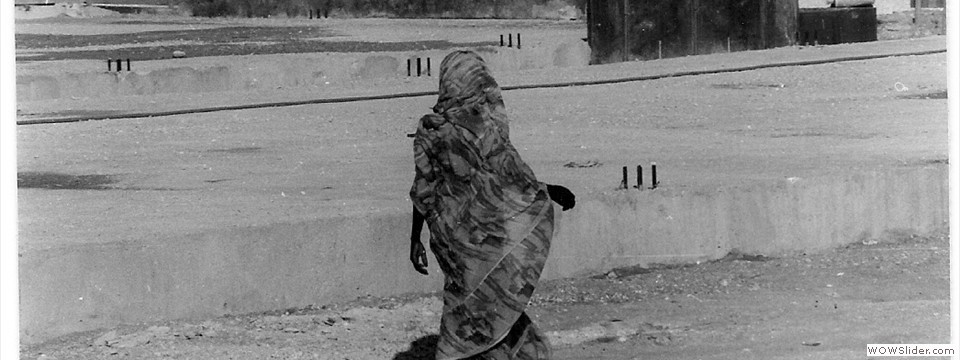Financing a Moribund Company
Setting
In 1985 Friesland Singapore Pte. Ltd. had been around in Singapore for over 30 years and had gone from a first-mover to an also-ran. There was proper name recognition, although much more for the (UN mandated) defunct ‘Dutch Baby’ brand than the newly incarnated ‘Dutch Lady’. Still Nestlé had usurped the number 1 position, while also local brands like ‘Fraser & Neave’ and ‘Malaysia Dairy’ had overtaken this one time champion. A new product, sterilised milk in plastic bottles, a first for Singapore, had just been introduced and was successful, but the net margin still hovered around zero, as it had for many years.
Challenge
As General Manager of this small company (annual turn-over S$ 7 million) I was asked to make it viable again. This clearly required some investments:
- 5 vans, mostly in deplorable state, were plying the local retail stores each making dozens of small sales per day
- Larger orders taken down by the van’s salespersons were delivered the next day by an outside service provider
- A local practice was to give discount in kind, i.e. one case + 1 bottle free
All this was administered by hand leading to myriad mistakes and lost sales. Automation was needed as were full overhauls for the vans both to reduce downtime as well as to improve overall moral: driving around in an expertly designed and painted, freshly washed van, wearing a new shirt and pants could do wonders.
The continued downfall of the Singapore company resulted unfortunately in a lack of confidence at headquarters and the idea of sticking some S$ 0,7 million in a faraway subsidiary that had not made that amount in cumulative profits for at least 10 years meant that we had to fully fend for ourselves.
Solution
I negotiated very hard with hardware and software vendors (ultimately deciding on a great offering from Nixdorf) and with this in hand, wrote a 5-year business plan with financial projections, fully explaining why I was sure the investment would more than recoup itself. Presenting this document, I obviously had to explain why the bank should put its money where headquarters refused to tread; I managed and history has proved me and the bank manager right!
Opportunity Costs:
Why Headquarters’ ‘No’ and Bank’s ‘Yes’ were both Correct
Apart from the general lack of confidence in the Singapore subsidiary there obviously was an even stronger reason for headquarters not to invest Time & Money: Opportunity Cost, after all efforts spent on Singapore could not be spent on the much more successful subsidiaries in Malaysia, Indonesia, Hong Kong, etc.. Actually, barring geopolitical realities, from afar a merger with one of these would make much more sense.
For the Bank the situation was entirely different, they knew the Singaporean situation by heart, had surplus funds and were eager to lend to a company that was fully ready to revamp itself.













See also: